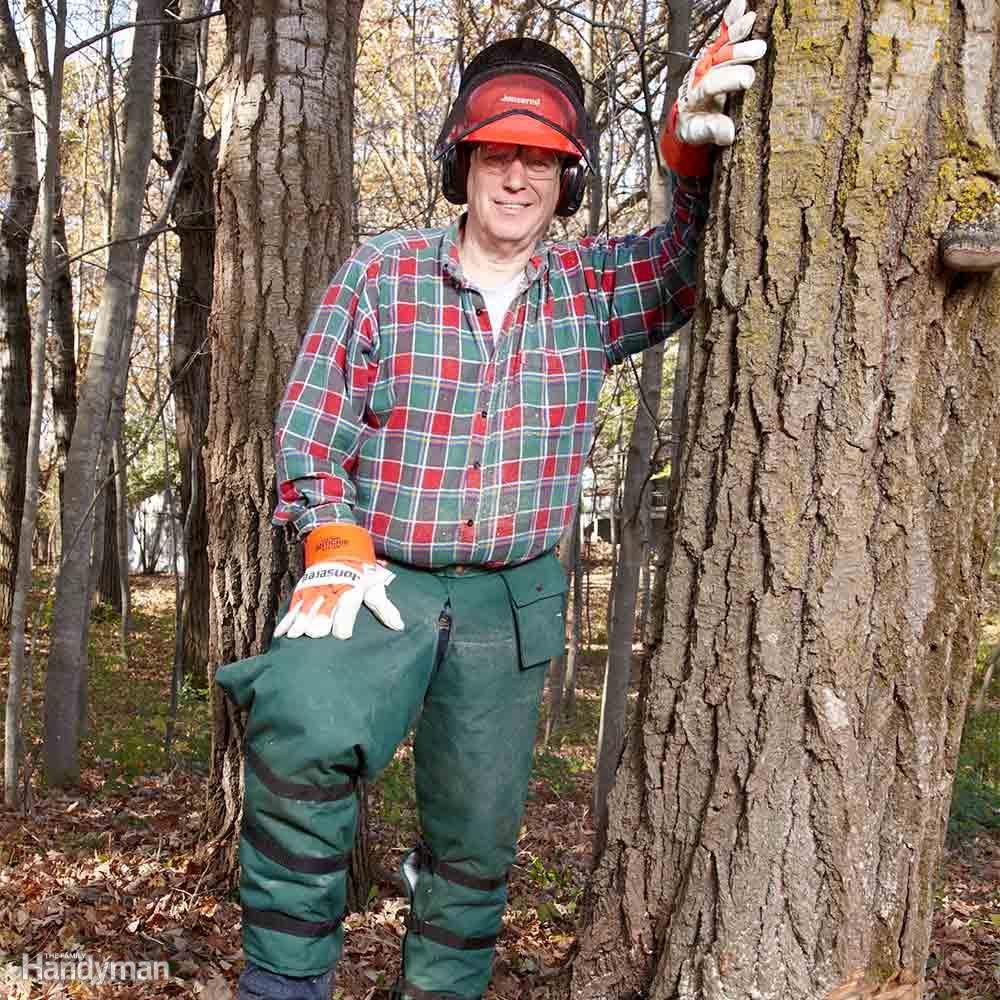
Wear the Right Safety Gear
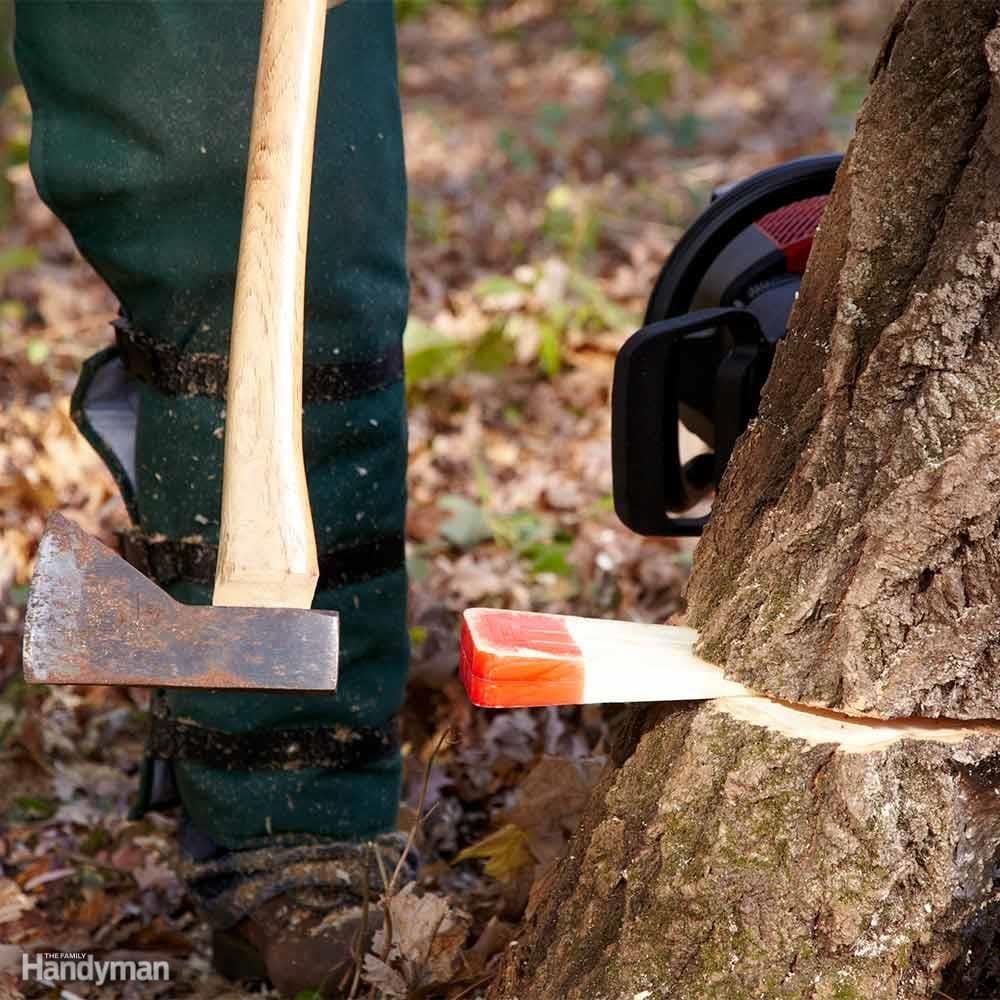
Buy Felling Wedges
Two plastic felling wedges will prevent your saw from getting pinched during a cut. You can find these at any outdoor power equipment store that carries chain saws.
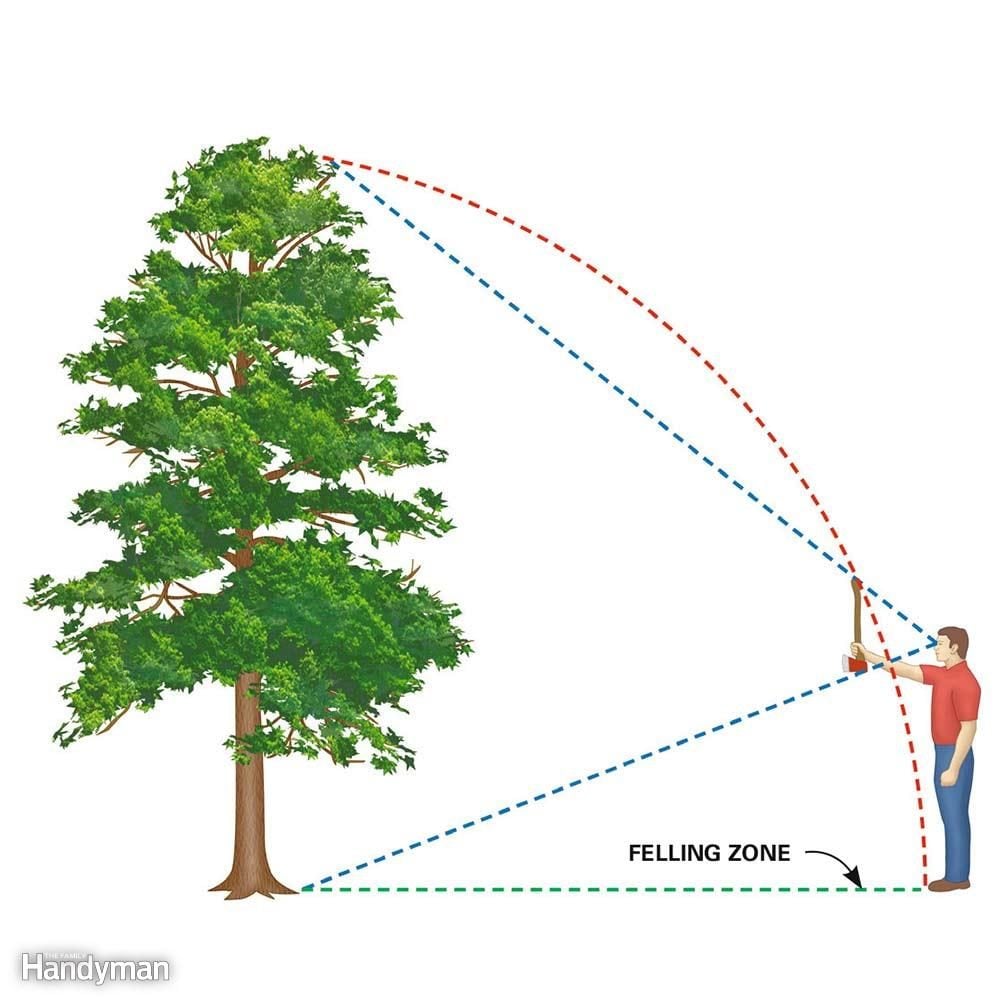
Estimate the Felling Zone: How to fell a tree in the direction you want

Clear a Cutting Zone
Even when you're sure which way the tree is going to fall, you're still not ready to fell it. Cut away any brush around the trunk and clear two escape routes on the “non-falling” side of the tree. They should be about 45 degrees away from each other in opposite directions. The last thing you want is to trip while walking away from a falling tree.
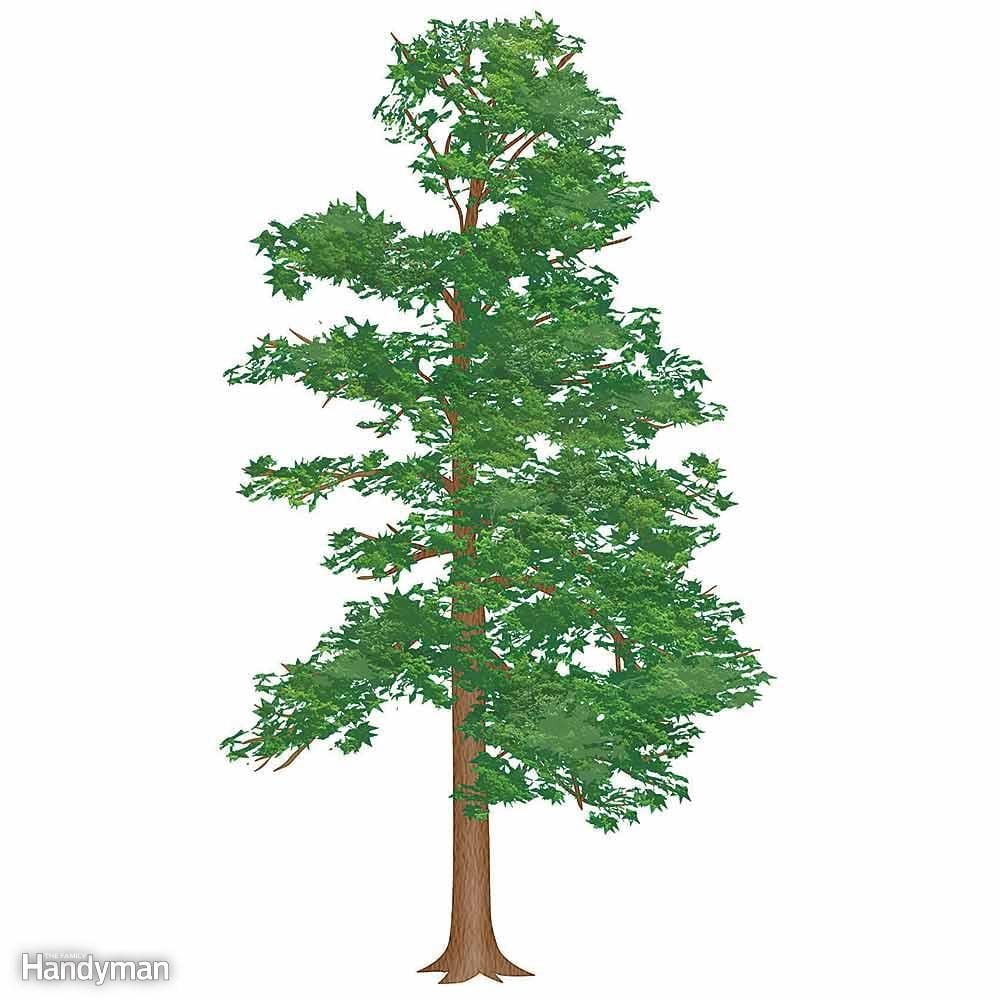
Size Up the Tree
Start by studying the tree. Don't cut it down if you see:
- Dead branches that are broken but attached, or that are actually broken off and supported by other branches. You're bound to knock a branch loose and have it fall on you.
- It is obviously leaning in one direction or heavily loaded with branches on one side. It will fall in the direction of the lean or load despite your best efforts.
- There are buildings, fences, power lines or other things you care about in the felling zone. If so, skip the felling and call a pro.
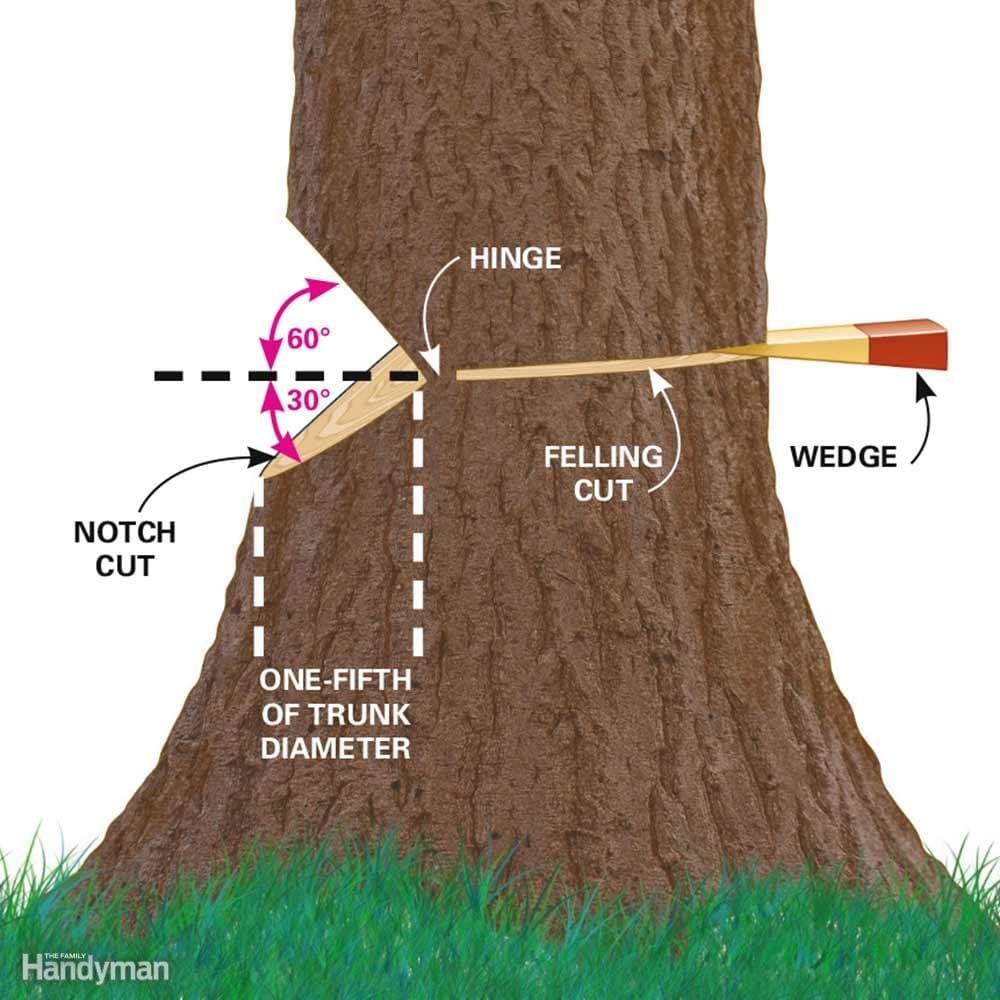
Anatomy of a Proper Notch
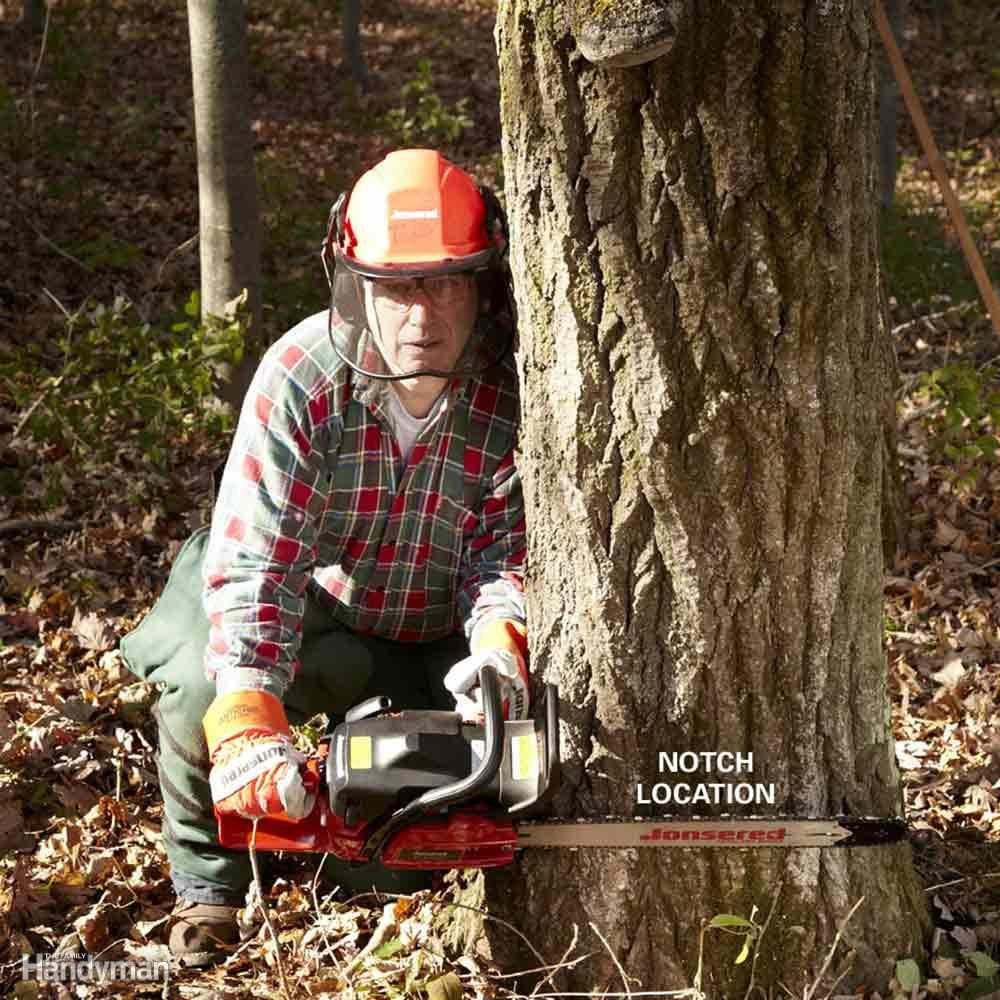
Plan the Notch
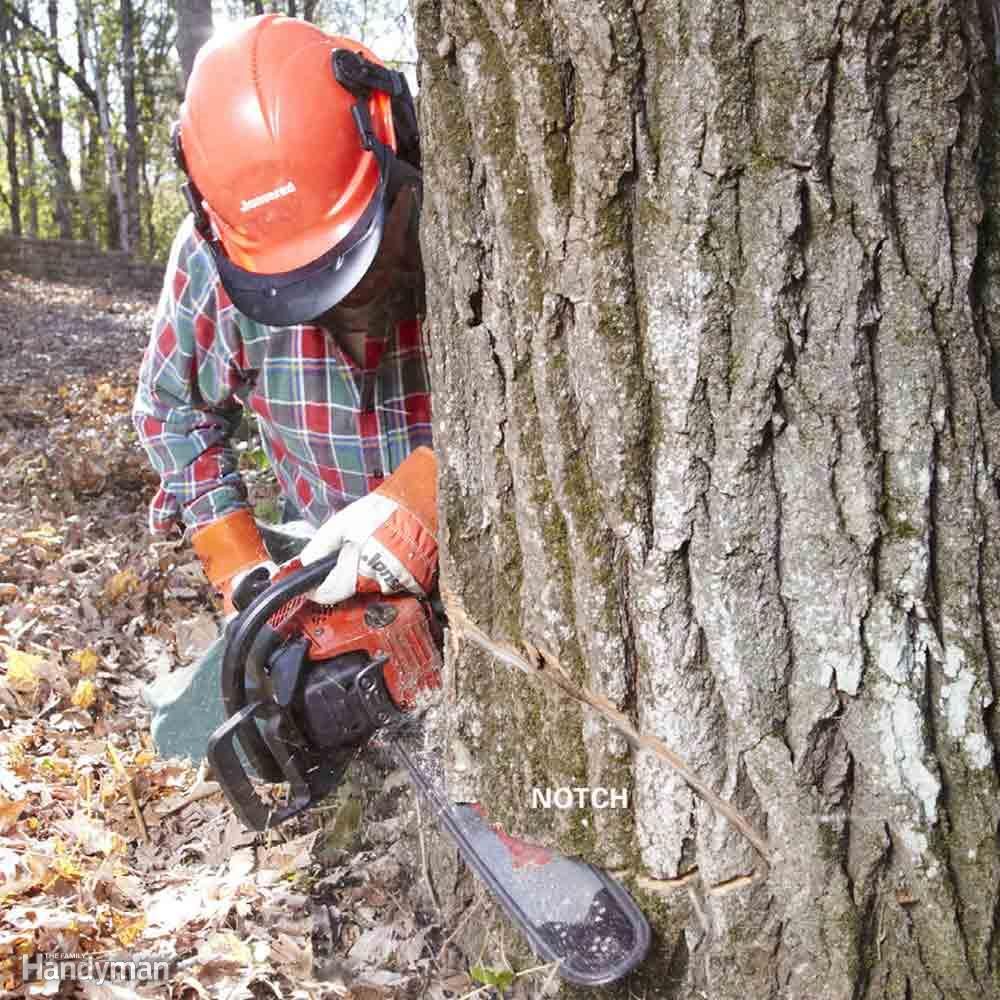
Cut the Notch
Make the top cut first and then the bottom. When you're making the bottom cut, adjust your hand to control the throttle with your thumb. If you meet the top notch perfectly, the wedge will drop out of the notch. But most likely you'll have to extend the cuts from either the top or the bottom so the wedge can drop free.

Use Wedges on Big Trees
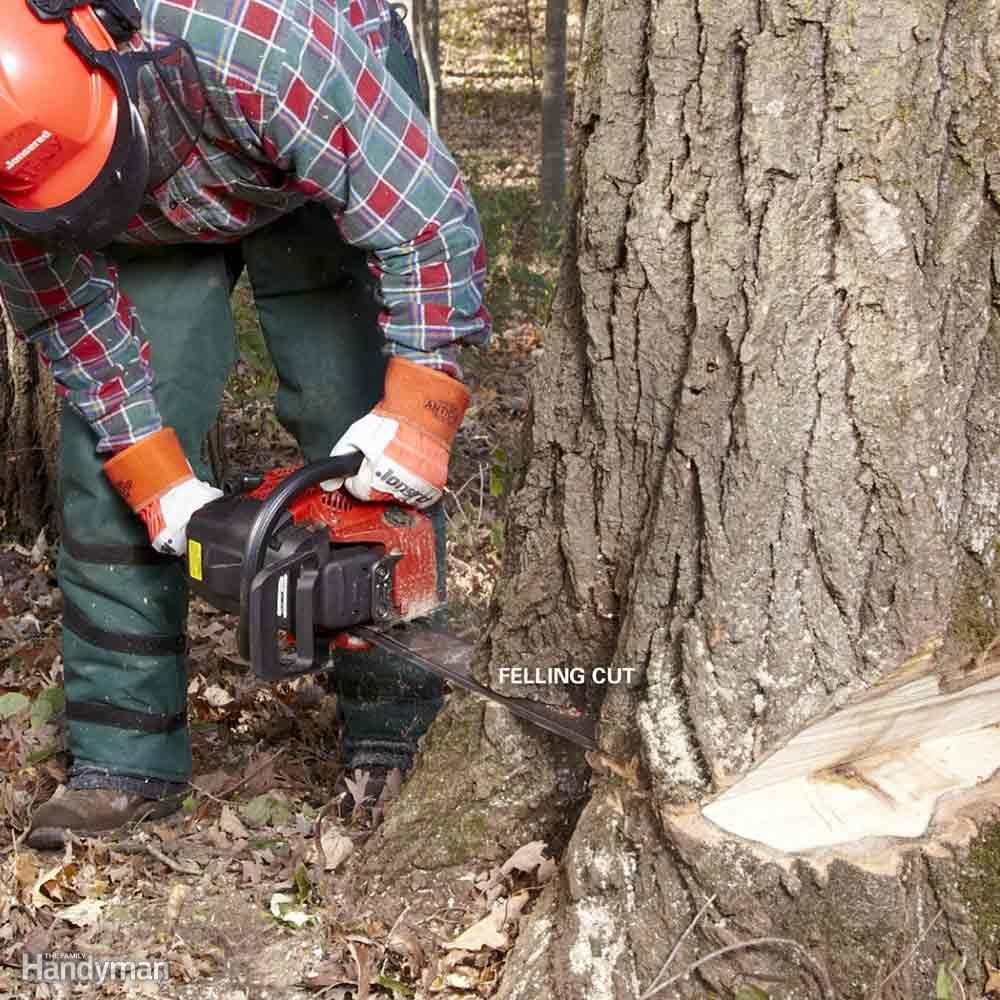
Make the Felling Cut
Score a line connecting the apex of the notch on both sides for a cutting guide. The back cut should be parallel and even with the apex of the notch. Then make the felling cut. The instant the tree begins leaning, pull the saw free, set the chain brake and walk away along one of your escape routes, keeping an eye on the tree so you can react if it doesn't fall the way you planned. Never take your eye off a falling tree.
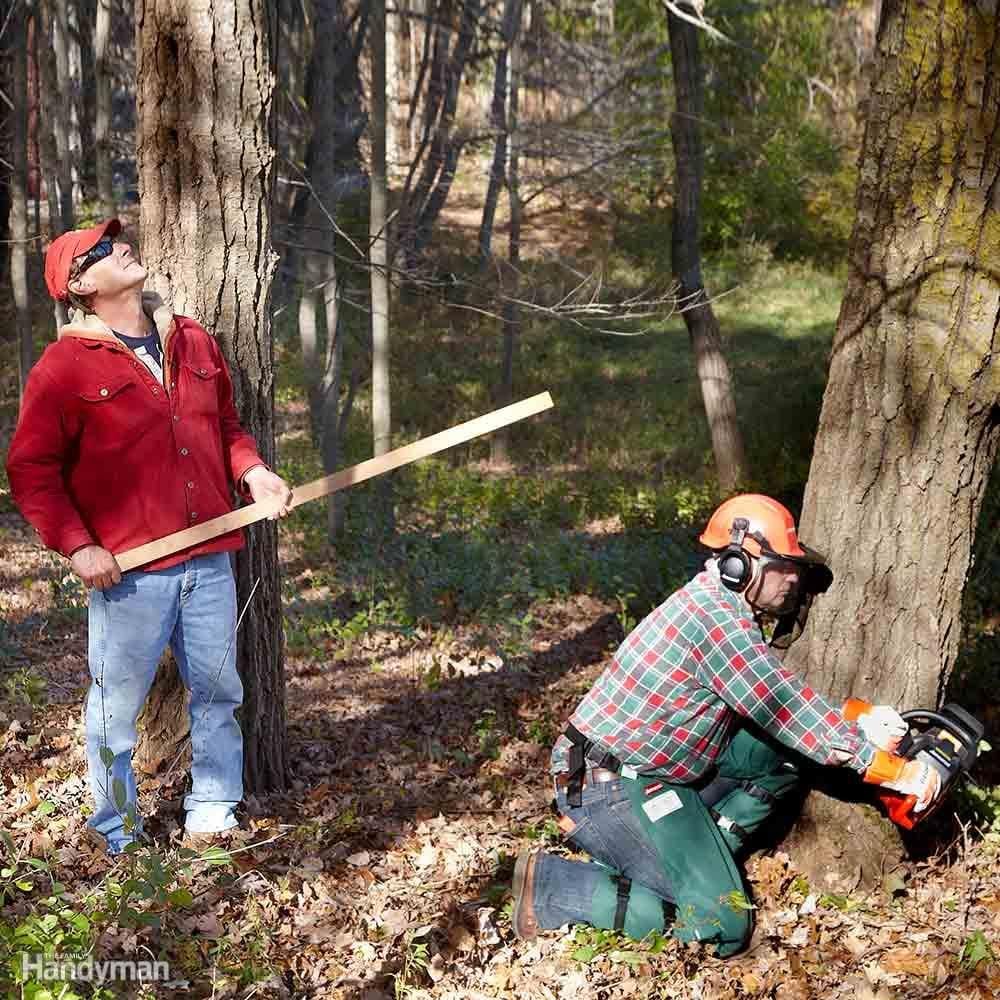
A Lookout Might Save Your Life

Start Cutting Branches at the Trunk
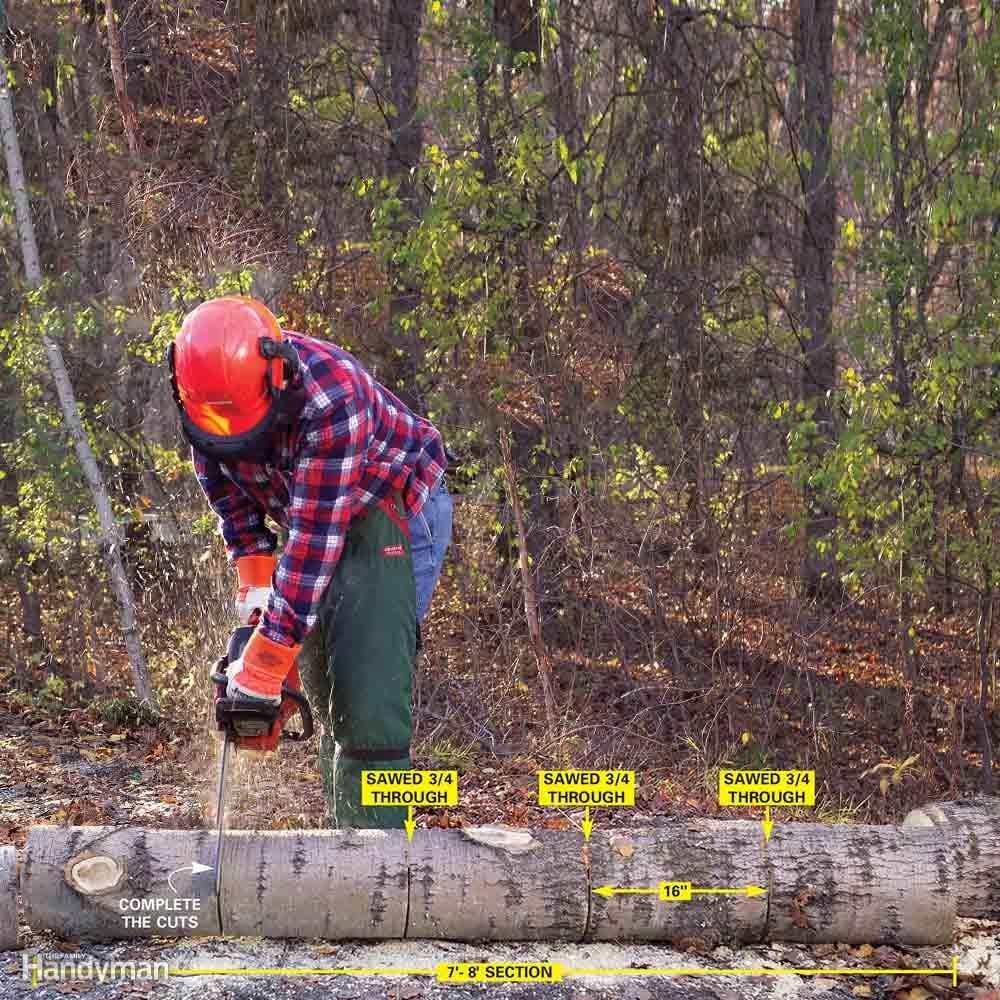
Saw the Trunk into Firewood
Learn how to cut firewood multiple ways so you can use whichever tools you have available.